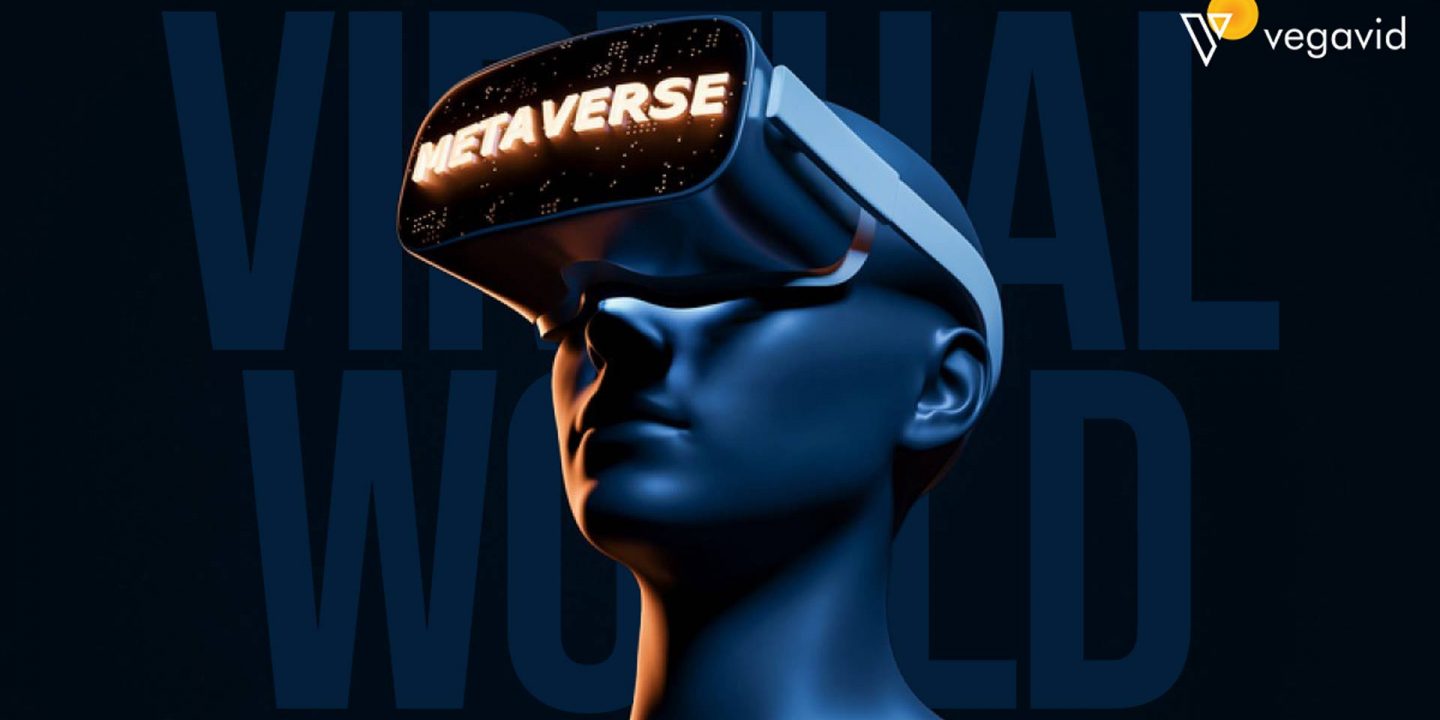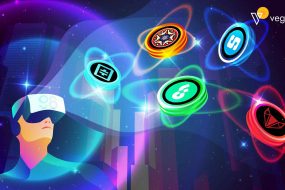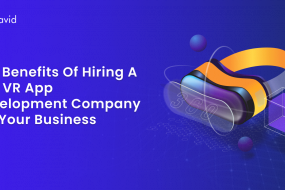
The Metaverse, a virtual reality space where digital and physical realities converge, is reshaping how we interact, work, and play. Metaverse applications, fueled by cutting-edge technologies, offer a gateway to immersive experiences. In this blog post, we explore the features, benefits, and costs associated with Metaverse application development, providing insights for businesses and developers.
What is Metaverse Application Development?
Metaverse Application Development refers to the creation of digital applications and experiences within a metaverse—a virtual, interconnected, and immersive space that combines elements of augmented reality (AR), virtual reality (VR), and the internet. The metaverse is envisioned as a shared, persistent digital universe where users can interact with each other and digital elements in real time.
How Does It Work?
Here’s an overview of how Metaverse Application Development works:
- Environment Creation:
- Developers design and build digital environments using 3D modeling and design tools.
- These environments can represent various settings, such as cities, landscapes, or entirely fictional worlds.
- Avatar and Identity:
- Users create digital representations of themselves, known as avatars, to navigate and interact within the metaverse.
- Identity systems are developed to manage user profiles, preferences, and personal data securely.
- Interactivity and Social Interaction:
- Applications are designed to facilitate real-time social interactions between avatars.
- Voice and chat features enable communication, fostering a sense of presence and community.
- Integration of Augmented Reality (AR) and Virtual Reality (VR):
- Metaverse applications may leverage AR to overlay digital content onto the real world or use VR for fully immersive experiences.
- Devices like AR glasses or VR headsets enhance the user experience.
- Blockchain and Digital Assets:
- Blockchain technology is often incorporated to manage digital assets and transactions securely.
- Digital currencies, non-fungible tokens (NFTs), and other blockchain-based assets are used for transactions and ownership within the metaverse.
- Cross-Platform Compatibility:
- Metaverse applications aim for cross-platform compatibility, allowing users to access the metaverse from various devices, including computers, smartphones, AR glasses, and VR headsets.
- Decentralization and Open Standards:
- Some metaverse development initiatives focus on decentralization and open standards to ensure interoperability between different platforms and to avoid central control.
- Economy and Commerce:
- Virtual marketplaces within the metaverse enable users to buy, sell, and trade digital assets and services.
- Cryptocurrencies or other digital currencies may be used for transactions.
- AI Integration:
- Artificial Intelligence (AI) may be employed for enhancing user experiences, creating intelligent NPCs (non-playable characters), and managing dynamic content.
Metaverse Application Development is a multidisciplinary field involving expertise in 3D design, programming, blockchain technology, AI, and user experience design. The goal is to create immersive, interconnected, and user-friendly digital spaces that offer a wide range of social, economic, and entertainment experiences.
Features of Metaverse Applications
- Immersive Environments: Metaverse applications create visually stunning and immersive virtual environments that users can explore and engage with in real-time.
- Avatar Customization: Personalization is key. Metaverse applications allow users to create and customize their avatars, fostering a sense of identity and self-expression.
- Real-Time Interactions: Socializing in the Metaverse mimics real-world interactions, enabling users to communicate, collaborate, and share experiences seamlessly.
- Decentralized Assets (NFTs): Non-fungible tokens (NFTs) within the Metaverse represent unique digital assets, including virtual real estate, collectibles, and in-game items.
- Cross-Platform Compatibility: Metaverse applications are designed for accessibility, supporting various platforms such as virtual reality headsets, desktops, and mobile devices.
Benefits of Metaverse Application Development
- Enhanced User Engagement: Metaverse applications offer unparalleled user engagement, providing immersive experiences that captivate and retain users.
- New Business Opportunities: Businesses can tap into new revenue streams through virtual real estate, virtual events, and the sale of digital assets within the Metaverse.
- Global Collaboration: Metaverse applications break down geographical barriers, fostering global collaboration and connectivity in a virtual space.
- Innovative Marketing Channels: Brands can leverage the Metaverse for innovative marketing campaigns, events, and product launches, reaching a tech-savvy and engaged audience.
- Decentralization and Security: Blockchain technology underpins many Metaverse applications, ensuring decentralized and secure transactions, ownership, and data management.
Cost Considerations for Metaverse Application Development
- Development Tools and Platforms: The choice of development tools and platforms significantly impacts costs. Unity, Unreal Engine, and specific Metaverse platforms may have varying licensing fees and development complexities.
- Graphics and Design: Creating visually striking environments and avatars requires skilled graphic designers and 3D artists, influencing overall development costs.
- Blockchain Integration: Implementing blockchain features, such as NFTs, involves additional development and smart contract costs, depending on the complexity of the integration.
- Cross-Platform Compatibility: Ensuring seamless functionality across various devices adds to development costs, as optimization for different platforms demands additional resources.
- Testing and Quality Assurance: Rigorous testing for user experience, performance, and security is crucial, contributing to overall development expenses.
Why Choose Vegavid Metavese Application Development Company?
Choosing Vegavid for Metaverse Application Development offers a compelling combination of specialized expertise, a proven track record, and an innovative approach. Their focus on user-centric design, cross-platform compatibility, security measures, and community building positions them as a strong partner for creating immersive and successful metaverse applications. Additionally, their adaptability to emerging technologies and commitment to transparent communication further enhance the potential for a collaborative and successful development process. Before making a decision, thorough consideration of Vegavid’s portfolio and alignment with your project goals is advised to ensure a fruitful and effective partnership in the evolving metaverse landscape.
Conclusion
Metaverse application development opens doors to a new frontier of possibilities, combining innovation, connectivity, and immersive experiences. Businesses venturing into the Metaverse should weigh the features, benefits, and costs carefully, partnering with experienced developers to ensure successful navigation through this digital realm. As the Metaverse continues to evolve, embracing its potential can lead to unprecedented opportunities for businesses and users alike.











